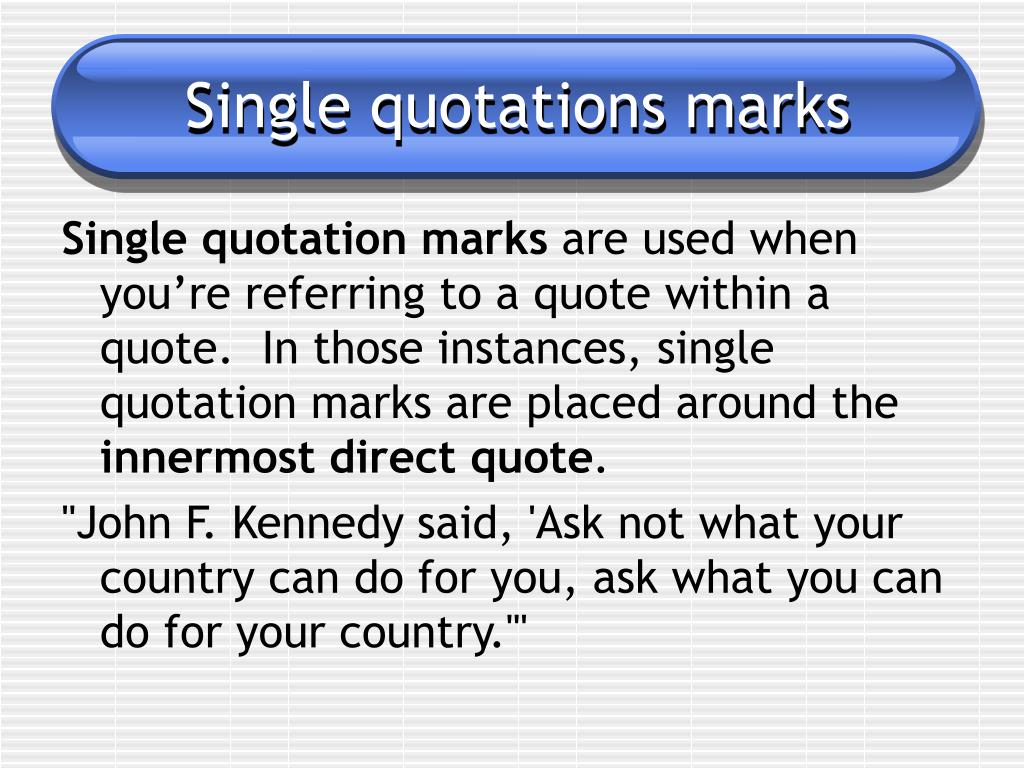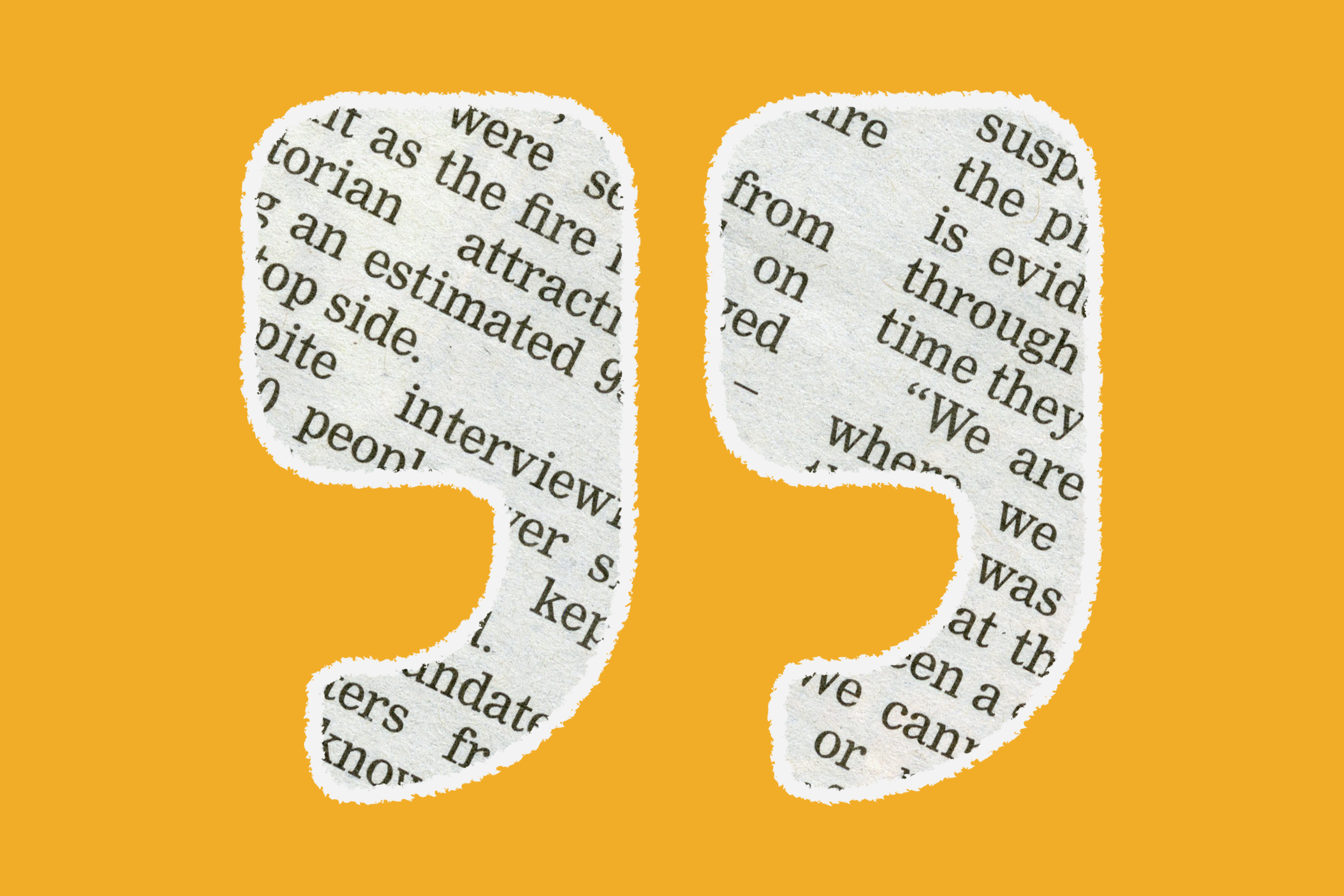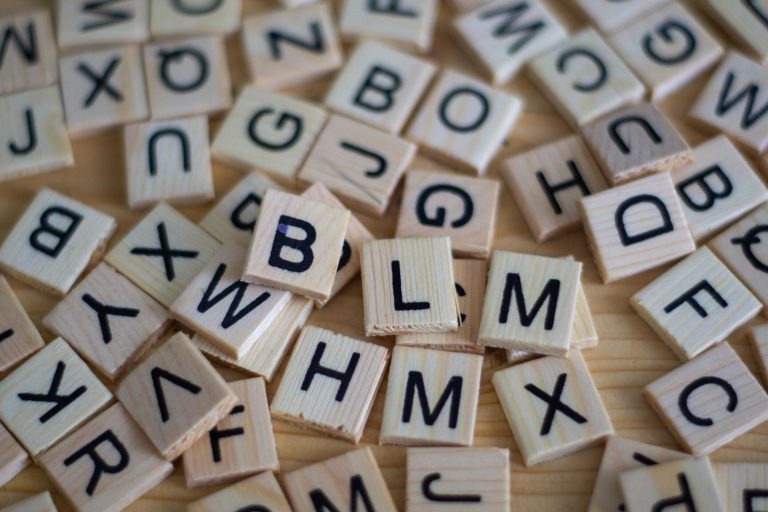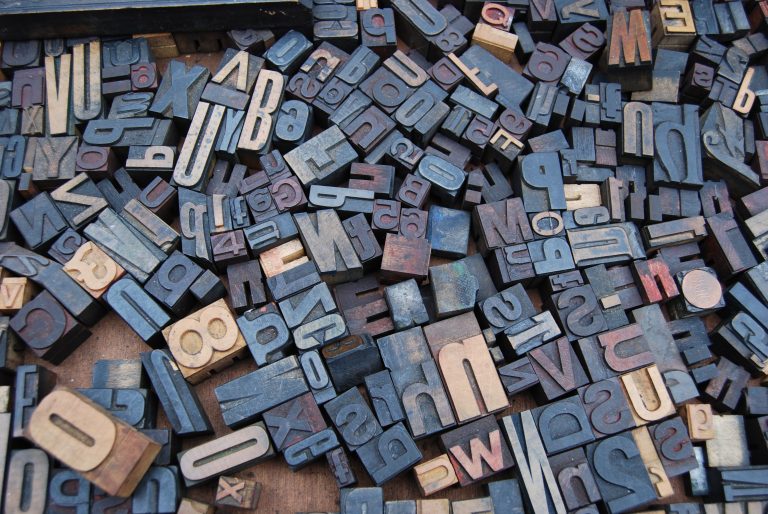French Quotation Marks and Single Quotation Marks: How to Use Them
French and single quotation marks are two types of punctuation marks used to indicate a speaker’s exact words or a quotation. Both marks are similar in shape, but there are differences in their usage and application that can create confusion for writers.
In this article, we’ll differentiate the two quotation marks and explore their uses to help you decide which punctuation mark is most appropriate to use.
French Quotation Marks
These quotation marks are also known as “guillemets”. They are the standard punctuation marks used in French to indicate a quotation and have become increasingly popular in English texts because of their more elegant appearance. The guillemets appear as a left-pointing angle “«” at the beginning of a quotation and a right-pointing angle “»” at the end of the quote. Here’s an example:
Rémi said, « Je suis fatigué. » which means “I’m tired.”
In English texts, French quotation marks are used to distinguish a quotation within a quotation, as you can see in this example:
In the novel, she wrote, “He said, «Je suis fatigué», which means ‘I am tired.'”

Single Quotation Marks
Single quotation marks are also known as “apostrophes” or “inverted commas,” and they are commonly used in English language texts. They are used to indicate a quote or a phrase within a sentence. Unlike French quotation marks, the single quotation marks appear as a left or a right-single quote “‘” and “’” respectively. Here’s how to use single quotation marks in a sentence:
Katy said, “She is fond of saying ‘whatever’ when she disagrees with someone.”
Single quotation marks can be used inside a quotation that appears within another quotation, to help avoid confusion, as shown here:
In her email, she wrote, “John sarcastically said, ‘I know, it’s not rocket science,’ but it was evident he didn’t understand it completely.”
How to Choose Between the Two
Now that we’ve differentiated between French quotation marks and single quotation marks, the question remains: when should you use each of them? The answer to this question depends on the style guide you prefer when writing.
In France, the use of quotation marks is mandatory, but in English texts, both marks are permissible, though French quotation marks are gaining more popularity. Using one style guide consistently throughout a document or project is more important than which of the two quotation marks you choose. In general, use the quotation mark style that your intended audience is most likely to recognize and understand.
It’s important to note that French quotation marks also have different variants in shape and type. They can also appear as a single point “‹” and “›”. In addition, some languages like German, Spanish, and Italian have their own unique quotation marks. When writing in these languages, be sure to consult a language manual to understand the appropriate use of quotation marks.
Tips for Using French and Single Quotation Marks
Here are some tips on how to use both types of quotation marks effectively in your writing:
1. Use quotation marks to indicate the exact words of a speaker or writer.
The main purpose of quotation marks is to indicate that you are using someone else’s words, not your own. When incorporating a quote into your writing, always use either French or single quotation marks to indicate the exact words of the speaker or writer.
2. Use French instead of single quotation marks for quotes within quotes.
If you need to include a quote within a quote, it’s best to use French and not single quotation marks to indicate the inner quote. This will help differentiate between the two quotes and make it clear which words belong to each speaker or writer.
3. Use single quotation marks for titles and nicknames.
Single quotation marks are commonly used to indicate titles and nicknames, such as ‘The Boss’ or ‘Queen Bee’. Using single quotation marks for these purposes helps to differentiate them from regular text and makes them stand out.
4. Use quotation marks to indicate irony or sarcasm.
Quotation marks can also be used to indicate when a word or phrase is being used ironically or sarcastically. For example, if you wanted to indicate that you don’t actually believe someone’s claim, you could put the word “believe” in quotation marks to show that you are using it sarcastically.
5. Use quotation marks sparingly.
While quotation marks are an important tool in writing, it’s important not to overuse them. Using too many quotes can make your writing look cluttered and can detract from the overall message you are trying to convey. Only use quotes when they are necessary and always be sure to attribute them to the correct source.
Conclusion
In summary, both French and single quotation marks are important punctuation marks used to indicate a quotation. French quotation marks are elegant and popular in English texts, while single quotation marks are more commonly used in the English language.
Understanding when and how to use each quotation mark is crucial to avoiding confusion in writing. Remember, it is the consistent use of one style guide that is more important than which of the two quotation marks you choose to use.
By following the tips outlined above, you’ll be well on your way to becoming a master of quotation marks and improving the clarity and effectiveness of your writing.
At WriterArmy, we strive to produce grammatically correct content. Our expert human editors meticulously review every piece of content to ensure it exceeds standards, is properly optimized, and is ready to publish. Feel free to book a discovery call if you would like to know more about our content writing services.








